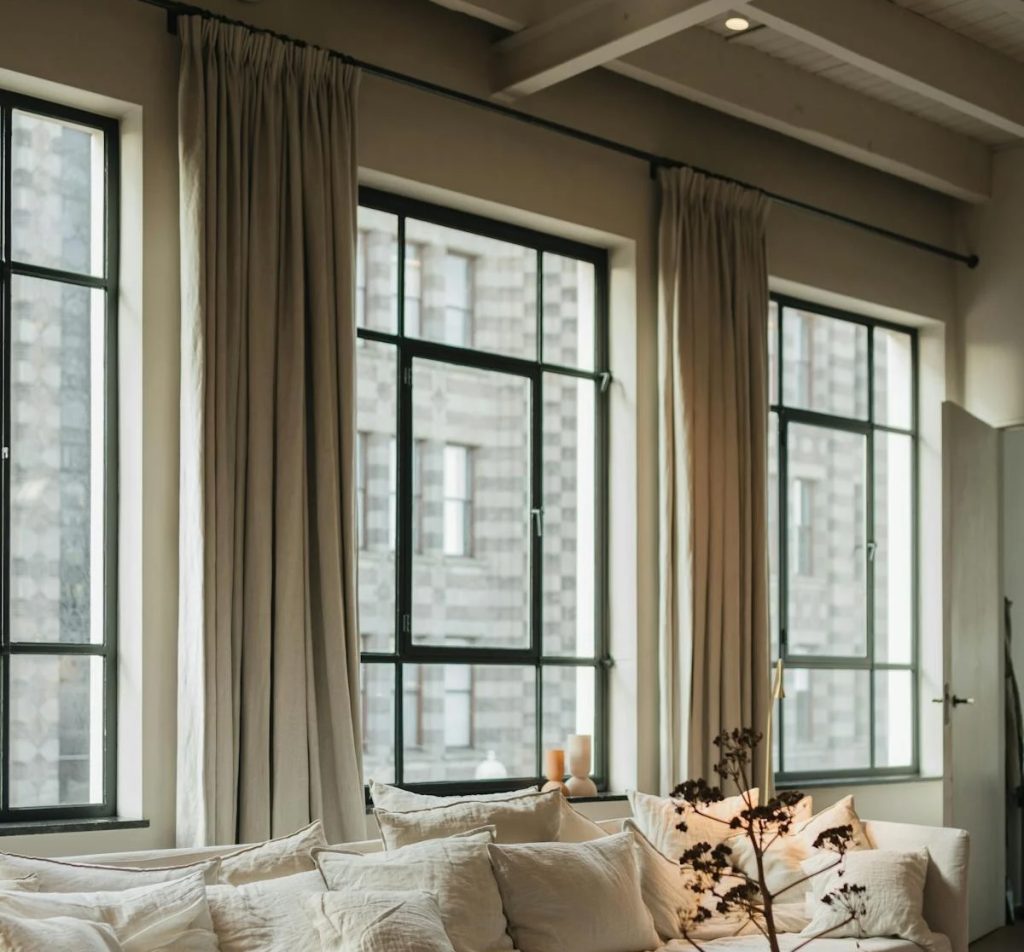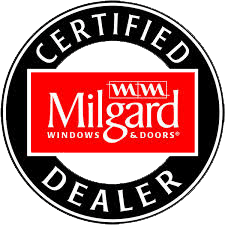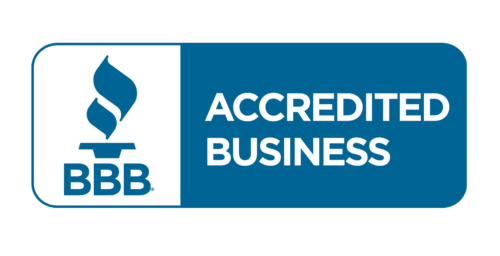The 3 Most Effective Low-E Coatings for Windows: How Each Type Enhances Energy Efficiency and Comfort
When selecting the most effective low-E coatings for your windows, you have three primary options. Hard coat (pyrolytic) coatings, applied during the glass manufacturing process, are highly durable and ideal for colder climates, reducing heat loss by up to 50%. Soft coat (sputtered) coatings, applied in a vacuum chamber, minimize heat transfer and are suitable for mixed or warmer climates, offering superior solar control and a clearer appearance. Multi-layer low-E coatings, often in double or triple layers within insulated glass units, optimize heat retention and solar heat gain control, making them versatile for various climate conditions. Each type enhances energy efficiency and comfort, and understanding their specifics can help you make the best choice for your home. Continuing to explore these options will provide more detailed insights into their benefits and how they can be tailored to your needs.

The 3 Most Effective Low-E Coatings for Windows: How Each Type Enhances Energy Efficiency and Comfort
When selecting Low-E coatings for your windows, you need to evaluate three primary types that offer distinct advantages in energy efficiency and comfort. Hard Coat Low-E (pyrolytic) coatings are durable and ideal for colder climates, providing excellent heat retention. Soft Coat Low-E (sputtered) coatings offer superior insulation and clarity, making them suitable for mixed or warmer climates, while multi-layer Low-E coatings enhance performance with advanced solar control, heat retention, and UV protection, particularly beneficial in homes with extreme or varying seasonal temperatures.
Hard Coat Low-E (Pyrolytic) Coatings
When considering Hard Coat Low-E (pyrolytic) coatings for your windows, you’re opting for a durable and robust solution. Applied during the glass manufacturing process when the glass is still hot, these coatings fuse to the glass surface, creating a highly resistant layer that withstands physical damage and harsh conditions. This durability makes hard coat Low-E ideal for areas with extreme temperatures, heavy use, or exposure, while also providing effective thermal performance and some solar control enhancements.
What It Is and Its Benefits
Hard Coat Low-E, also known as Pyrolytic Coatings, are a robust and versatile option for enhancing the energy efficiency of your windows. Applied during the glass manufacturing process, these low-e coatings provide durable thermal insulation, reducing heat loss by up to 50% and offering UV protection. They are ideal for colder climates due to their durability and effectiveness in extreme temperatures, making your energy-efficient windows more reliable and cost-effective.
Soft Coat Low-E (Sputtered) Coatings
When considering Soft Coat Low-E (sputtered) coatings for your windows, you’ll benefit from superior energy efficiency and clarity. These coatings, applied in a vacuum chamber after the glass is manufactured, excel at minimizing heat transfer, making them ideal for climates with extreme temperatures or for buildings prioritizing energy efficiency.
Soft Coat Low-E coatings are highly effective at reflecting infrared light, reducing solar heat gain in warmer climates and retaining heat in cooler climates, thereby optimizing your indoor temperature and reducing reliance on HVAC systems.
Additionally, these coatings offer aesthetic flexibility, allowing for various levels of tint and reflectivity to match your design requirements, while also blocking up to 99% of harmful UV rays to protect your interiors.
Energy Efficiency and Clarity of Soft Coat Low-E Coatings
Soft coat Low-E coatings, also known as sputtered coatings, are engineered to provide exceptional energy efficiency and clarity in residential windows. These coatings, applied in a vacuum chamber, consist of multiple layers of optically transparent silver and metal oxide, ensuring high visible light transmission while minimizing solar heat gain and UV transmission. This configuration enhances home energy efficiency, making soft coat Low-E ideal for high-performance windows in varying climates.
Multi-Layer Low-E Coatings (Double or Triple Layer)
When considering multi-layer Low-E coatings, you’re looking at a significant enhancement in energy efficiency, particularly in extreme climates or areas with varying seasonal temperatures. These coatings, often applied in double or triple layers within insulated glass units (IGUs), optimize heat retention in winter and solar heat gain control in summer, resulting in windows with U-factors as low as 0.20 and solar heat gain coefficients (SHGC) tailored to specific climate needs.
By adding multiple layers, you can achieve a substantial gain in reflecting infrared heat and preventing it from entering or escaping your home, which is vital for maintaining consistent indoor temperatures and reducing energy bills. This advanced solar control and heat retention make multi-layer Low-E coatings ideal for homes in both heating-dominated and cooling-dominated climates.
The strategic placement of these layers within the IGU, such as on the inside surface of the outside pane in cooling climates or the outside surface of the inside pane in heating climates, further optimizes energy efficiency and occupant comfort.
Benefits of Multi-Layer Low-E Coatings for Extreme Climates
Multi-layer Low-E coatings, particularly those with double or triple layers, offer significant benefits for homes in extreme climates or those experiencing varied seasonal temperatures. These coatings enhance solar heat gain control, providing climate-specific window solutions that optimize energy efficiency. By reflecting infrared heat and minimizing solar heat gain, multi-layer Low-E coatings guarantee energy-efficient window installations that maintain comfortable indoor temperatures year-round.
Choosing the Best Low-E Coating for Your Home
When choosing the best Low-E coating for your home, consider the climate you live in and the aesthetic preferences you have. For homes in colder climates, hard-coat Low-E coatings, which are more durable and applied during the glass manufacturing process, can be ideal for retaining heat. In contrast, soft-coat Low-E coatings, applied in a vacuum chamber, offer superior thermal and optical performance, making them suitable for mixed or warmer climates and residential settings where clarity and natural light are prioritized.
How Climate and Aesthetics Influence the Best Low-E Coating Choice
Choosing the right Low-E coating for your windows involves a careful consideration of your local climate and aesthetic preferences.
- Climate: In warmer climates, soft coat Low-E coatings are ideal for their superior solar control and heat gain reduction. In colder climates, hard coat Low-E coatings are more durable and effective at retaining heat.
- Aesthetics: Soft coat Low-E coatings offer a clearer, more neutral appearance, while hard coat Low-E can slightly tint the glass. Multi-layer Low-E coatings provide advanced performance without compromising visibility.
- Seasonal Variations: For areas with significant temperature swings, multi-layer Low-E coatings are best for their enhanced heat retention and solar control.
- UV Protection: Both hard and soft coat Low-E coatings block UV rays, but multi-layer coatings offer additional protection.




